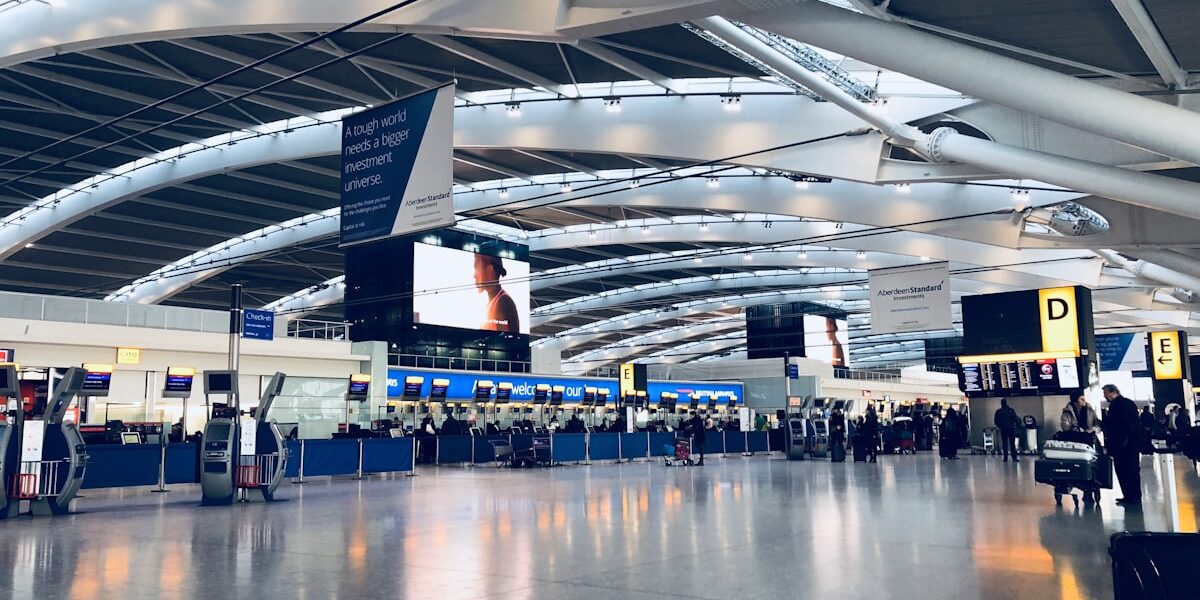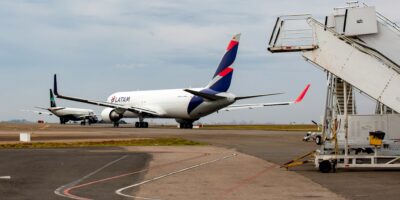Airports in Wisconsin: A Comprehensive Guide
Wisconsin may be known for its picturesque landscapes and cheese production, but it is also home to a range of airports that serve millions each year. While not as bustling as some of the major hubs, Wisconsin’s airports are crucial in connecting the Midwest with the rest of the world.
General Mitchell International Airport (MKE)
Located in Milwaukee, General Mitchell International Airport is the largest airport in Wisconsin. It serves both domestic and international flights. The airport is named after General Billy Mitchell, an aviation pioneer. It features a main terminal and concourses C and D, hosting major airlines like Delta, Southwest, and American Airlines. In 2022, the airport handled over 6 million passengers. It’s also a hub for freight operations, with companies like FedEx and UPS maintaining facilities here.
Dane County Regional Airport (MSN)
Situated in Madison, Dane County Regional is the second busiest airport in the state. The airport offers non-stop flights to major cities. Carriers such as United and American Airlines operate here. Adjacent to the city center, it’s often the airport of choice for travelers to Wisconsin’s capital. The facilities include three runways and a convenient terminal with ample amenities. It is known for efficient service and a friendly, welcoming atmosphere.
Austin Straubel International Airport (GRB)
Green Bay benefits from the Austin Straubel International Airport. It caters primarily to regional traffic but sees some international flights seasonally. The airport is named after Lt. Col. Austin Straubel, a Green Bay native who served in the United States Army Air Corps. Major airlines such as Delta connect Green Bay to larger hubs like Minneapolis and Detroit. In recent years, Austin Straubel has undergone renovations to modernize the terminal and improve passenger experience.
Central Wisconsin Airport (CWA)
Located in Mosinee, Central Wisconsin Airport serves the communities of Wausau, Stevens Point, and surrounding areas. This regional airport provides vital links to Chicago O’Hare, Minneapolis, and Detroit. The airport sees consistent traffic through airlines like Delta and American Eagle. Central Wisconsin underwent a significant expansion in the late 2010s, leading to a more efficient and passenger-friendly terminal.
La Crosse Regional Airport (LSE)
The La Crosse Regional Airport services the western region of Wisconsin. It is a small but vital airport with connections to Minneapolis and Chicago. The airport’s operations are overseen by the City of La Crosse and include commercial, cargo, and general aviation services. Known for its scenic views on takeoff and landing, LSE is appreciated by regular commuters and new visitors alike.
Outagamie County Regional Airport (ATW)
Also known as Appleton International Airport, this facility supports the northeast part of the state. It offers non-stop flights to several large cities and caters to Allegiant Air, United, and Delta. Originally a regional airfield, the airport has expanded its reach and services over the years due to increased demand. In 2018, it got its “international” designation after starting customs operations for private flights.
Chippewa Valley Regional Airport (EAU)
Serving Eau Claire and the surrounding areas, Chippewa Valley Regional Airport connects passengers to hubs like Chicago. While it is primarily served by United Airlines, it also supports a burgeoning number of private flights and general aviation. The airport features a recently renovated terminal, improving the overall passenger experience. It is strategically positioned to serve not just Wisconsin but parts of Minnesota, which increases its importance.
Rhinelander-Oneida County Airport (RHI)
Situated in the heart of Wisconsin’s Northwoods, Rhinelander-Oneida County Airport is essential for visitors to this outdoor recreation haven. It is served by Delta, with frequent flights to Minneapolis. The airport is particularly busy during the summer and fall seasons when tourism peaks. It accommodates not just commercial flights but also charters and local aviation activities.
Manitowoc County Airport (MTW)
Manitowoc County Airport might not have regular commercial service, but it remains vital for general aviation. Its facilities support private pilots and small charter operations. The airport acts as a key landing spot for those traveling to the lakeshore for business or pleasure. Recent investments have improved its runways and hangars, ensuring continued usefulness to the aviation community.
Ashland County Airport (ASX)
Positioned on Lake Superior’s shore, Ashland County Airport is dedicated primarily to general aviation. While it doesn’t service commercial airlines, it is an essential facility for air ambulance operations and private flying communities. It serves as a gateway to the Apostle Islands and the vast natural beauty of Northern Wisconsin.
Waukesha County Airport (UES)
Also known as Crites Field, this airport is a go-to for corporate and private aviation. Located in a suburb of Milwaukee, its strategic position benefits business leaders who prefer the efficiency of private flights. Waukesha County Airport doesn’t have commercial flights but supports over 50,000 aircraft operations per year. The airport incorporates modern navigational aids and a robust executive terminal, appealing to its primary clientele.
The Role of Wisconsin Airports in Regional Economy
Wisconsin’s airports do more than ferry passengers from place to place. They are critical to the economic infrastructure of the state. Airports like Milwaukee’s General Mitchell International and Green Bay’s Austin Straubel are core to freight and cargo activities. With Wisconsin’s strong manufacturing base, airports serve as logistics hubs. They enable timely shipment of goods both domestically and internationally.
General aviation airports also contribute significantly to the local economy by serving business travelers and leisure trips to lesser-known parts of the state. Air travel encourages tourism, providing easy access to the state’s many natural attractions, from the Dells to the Northwoods.
Continued Developments and Future Outlook
Infrastructure upgrades are a continual part of Wisconsin airport landscapes. The need for more efficient facilities that can handle more traffic is ever-present. This is seen in recent expansions and enhancements at many airports, including Milwaukee, Madison, and Appleton. The focus for many of these projects is sustainability, integrating greener technologies and practices.
Wisconsin airports are also preparing for potential shifts in aviation technology. This includes the rise of electric aircraft and the necessary facilities to support them. These developments promise to make flying more environmentally friendly and affordable.
Additionally, airports are boosting technological offerings for passengers. Improved WiFi, advanced booking systems, and better navigation aids within terminals are becoming standard. These advancements enhance passenger experiences, making air travel more seamless and accessible for everyone.




Subscribe for Updates
Get the latest articles delivered to your inbox.
We respect your privacy. Unsubscribe anytime.